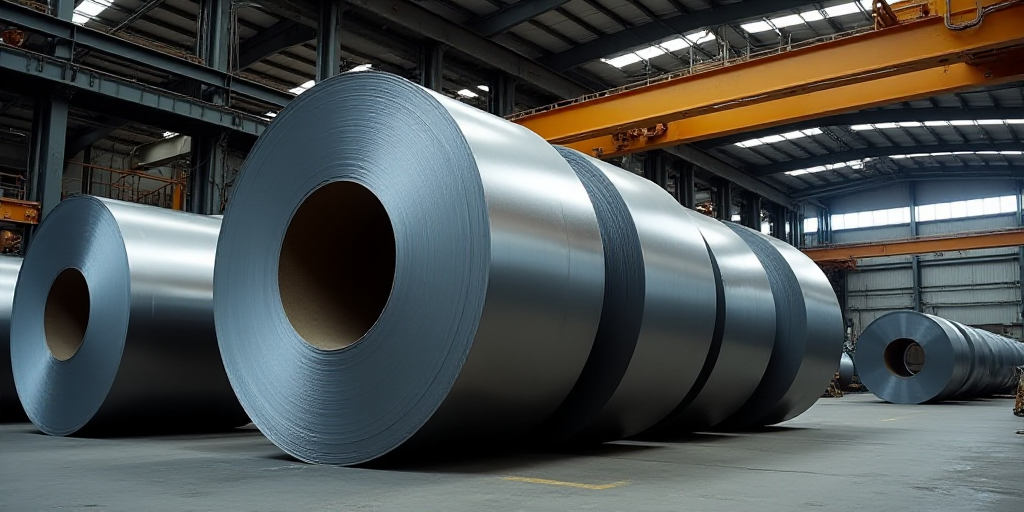Background on the European Steel Industry and China’s Role
The European steel industry has been facing significant challenges for years due to intense competition from Chinese manufacturers. These Chinese factories often receive substantial government subsidies, giving them a competitive edge. Moreover, China’s massive production capacity drives global steel prices down, further impacting European producers.
EU’s Response: Tariff Increases and Quota Reductions
In response to these concerns, the European Union (EU) announced plans to double its tariffs on steel imports from 25% to 50%. This move aims to protect European steelmakers and jobs, according to Stéphane Séjourné, Vice President of the European Commission.
Alongside tariff increases, the EU will also cut in half the steel import quotas exempt from tariffs. Imports exceeding these reduced quotas will face the doubled tariff rate, moving from 25% to 50%, as stated by Séjourné.
Alignment with US and Canadian Tariffs
These new tariff levels will bring the EU closer to those imposed by the United States and Canada, as outlined in the European Commission’s proposals. The measures must be approved by all 27 EU member states and the European Parliament.
Parallel Negotiations with the United States
Simultaneously, the EU is negotiating with Washington for an exemption from steel tariffs imposed on European exports. The objective is to establish mutual support between the EU and the US in countering China’s pressure.
Impact on Global Steel Market
The EU’s actions are expected to have ripple effects on the global steel market. By increasing tariffs and reducing import quotas, the EU seeks to shield its steel industry from unfair Chinese competition. This move may lead to higher steel prices in Europe, potentially affecting industries that rely heavily on steel imports.
Key Questions and Answers
- What is the main reason for the EU’s decision to double steel tariffs? The primary motivation is to protect European steelmakers and jobs from unfair competition posed by Chinese manufacturers, who often receive substantial government subsidies and have a significant production capacity.
- What are the specific changes to EU steel import tariffs and quotas? The EU will double its tariffs on steel imports from 25% to 50%. Additionally, import quotas exempt from tariffs will be reduced by half. Imports exceeding these lowered quotas will face the increased 50% tariff rate.
- How will these changes affect the global steel market? The EU’s actions may result in higher steel prices in Europe, potentially impacting industries dependent on steel imports. The move aims to shield the European steel industry from unfair Chinese competition, which may lead to price adjustments in the global market.
- What is the purpose of parallel negotiations with the United States? The EU and the US are discussing an exemption from steel tariffs imposed on European exports. This collaboration aims to counterbalance China’s influence in the global steel market.






